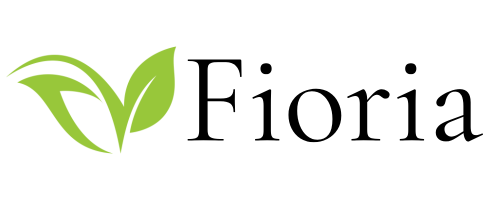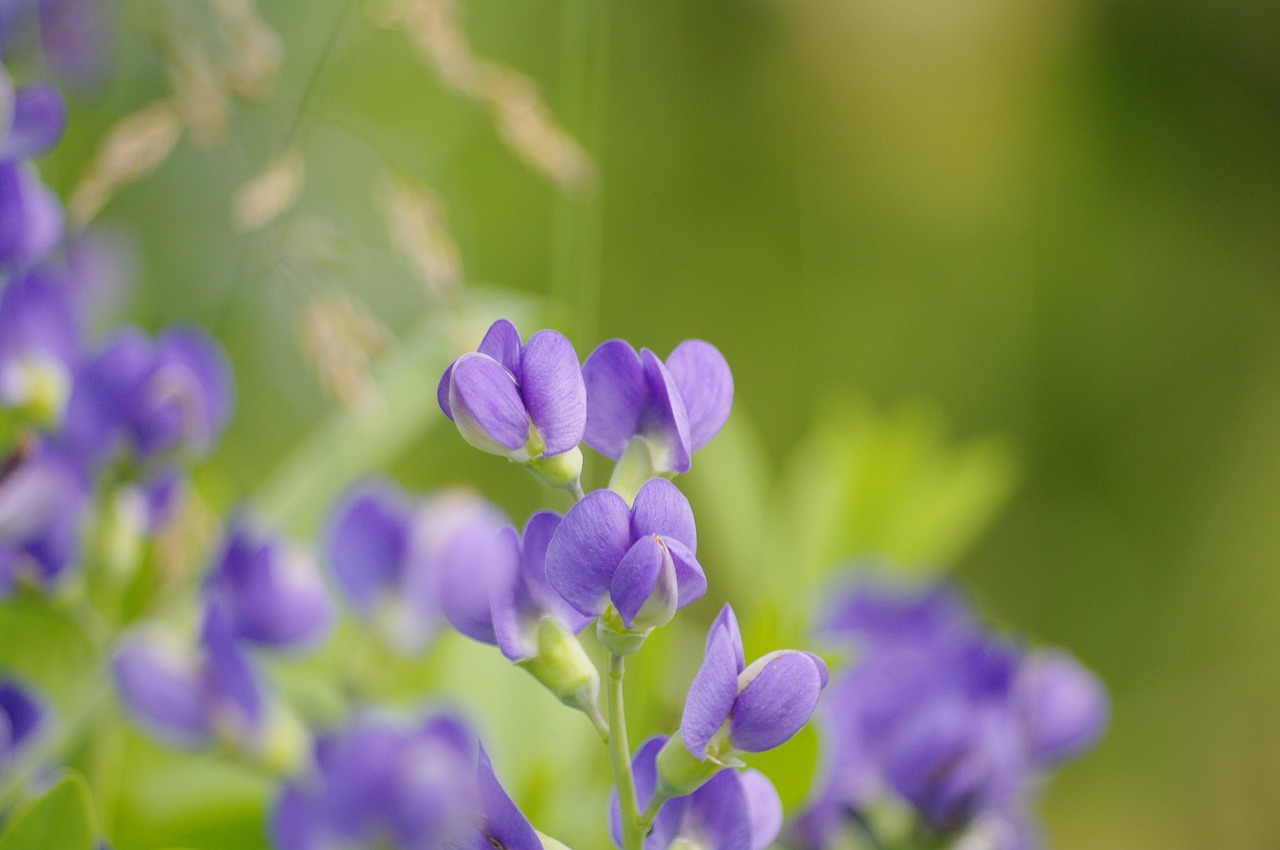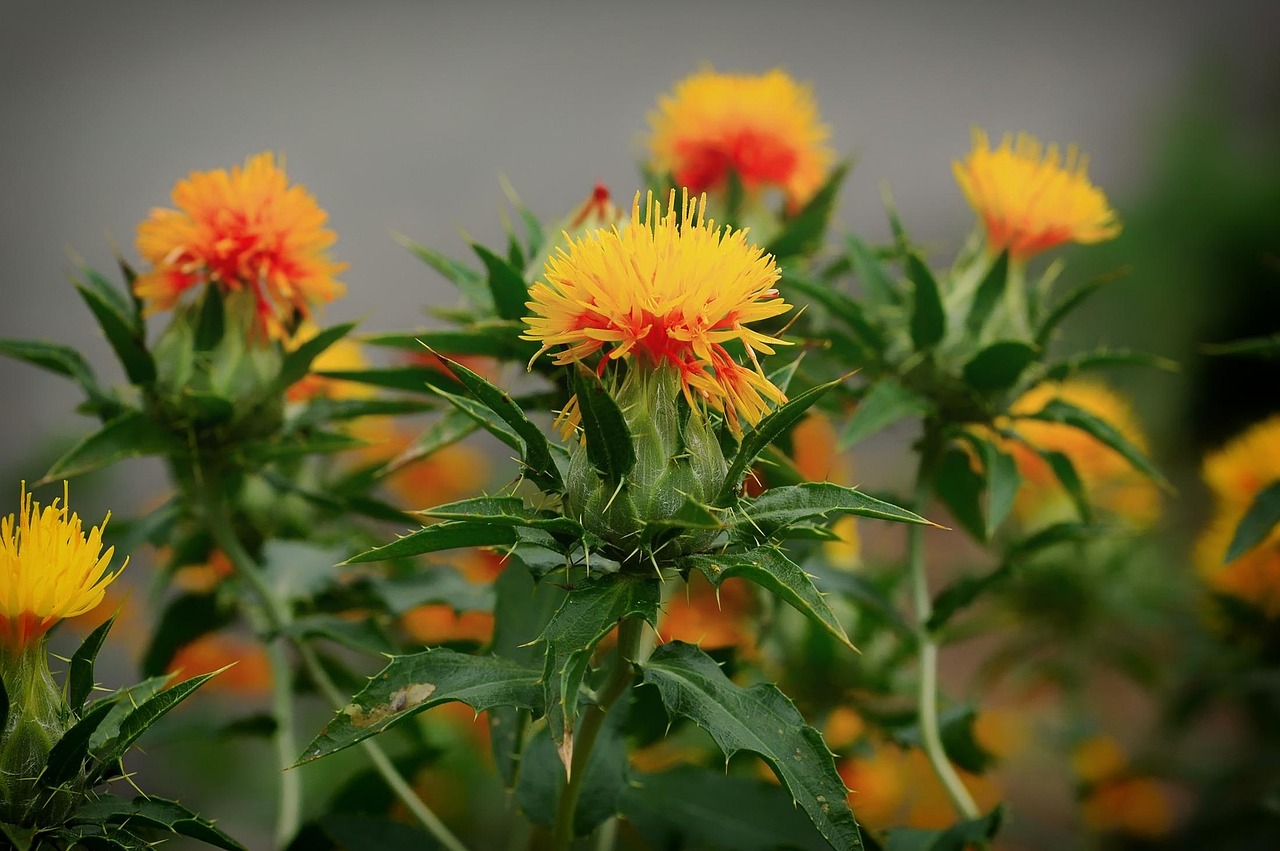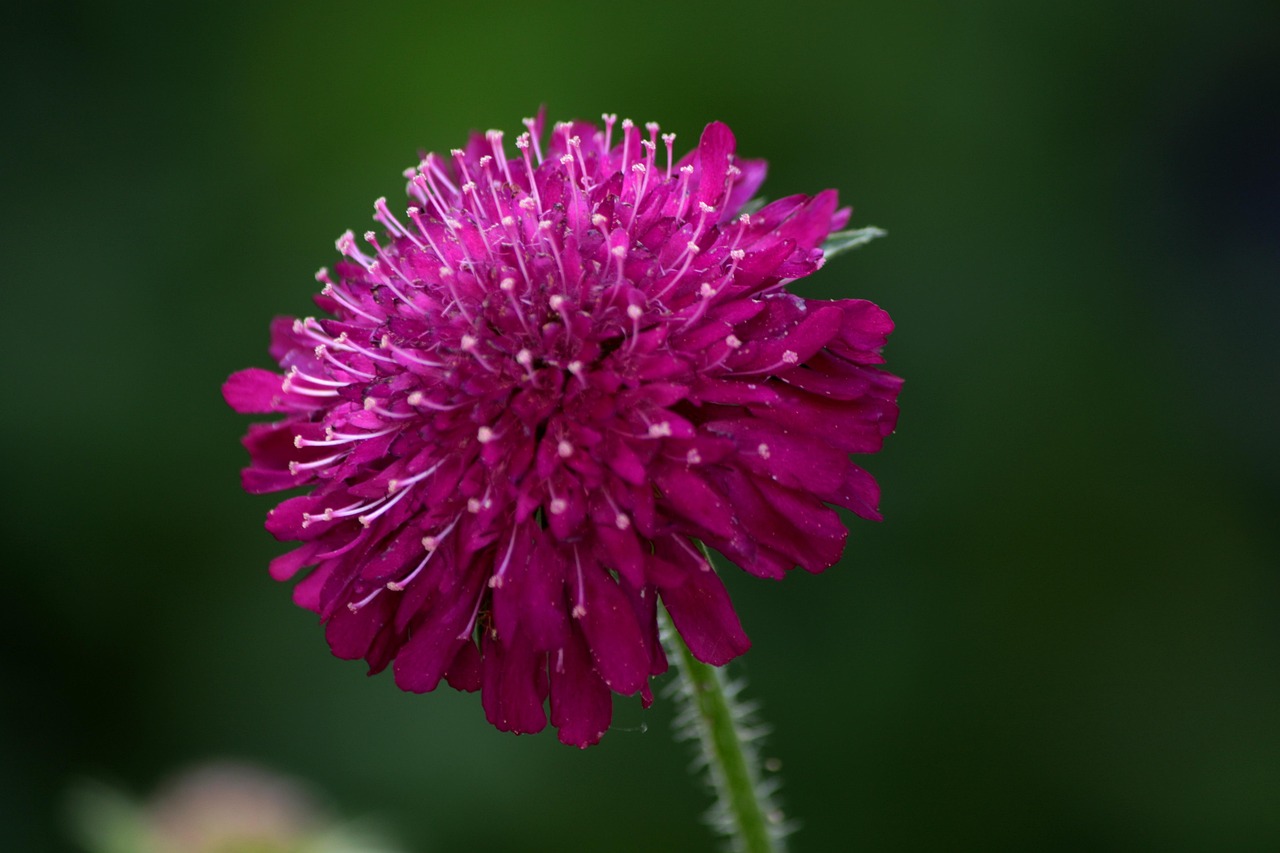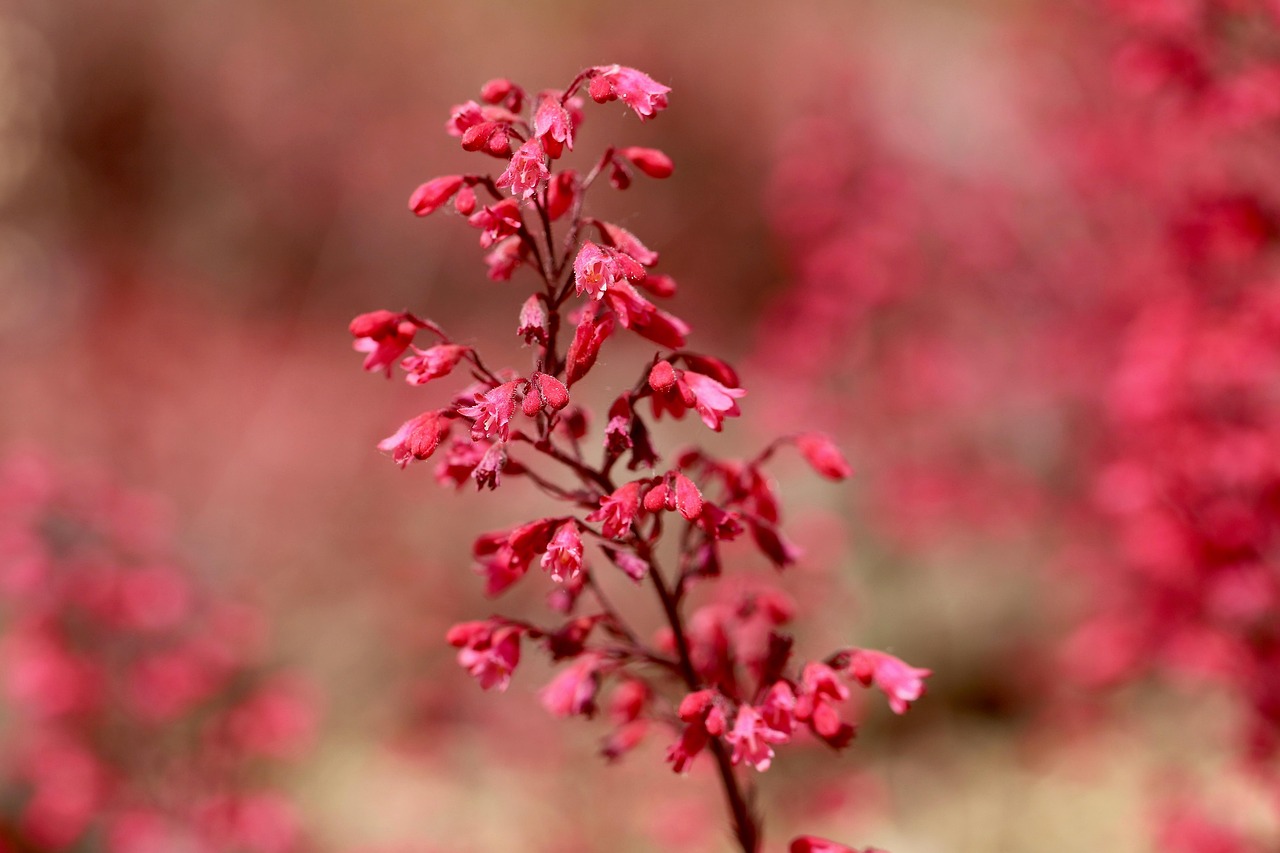Dendrobium | The Noble Orchid Blooming in Eastern Temples

I introduce dendrobium, a genus of orchids native to Southeast Asia and Oceania, admired for its delicate and graceful blossoms.
With countless horticultural varieties in diverse colors and shapes, dendrobium has long been one of the most popular orchids worldwide.
In this article, I will provide detailed information about dendrobium, its cultural and historical significance, and practical advice for its cultivation.
Basic Information
- Scientific name: Dendrobium spp.
- Family: Orchidaceae
- Origin: Southeast Asia, Himalayas, Australia, New Zealand
- Appearance: Depending on the species, dendrobiums may vary greatly. Typically, upright pseudobulbs bear leaves at each node, and from spring to early summer, numerous flowers bloom on the tips or sides of the stems.
- Flowering season: Mostly from spring to summer, varying by species.
Cultural Significance Around the World
Thanks to its elegant beauty, dendrobium has been highly valued across many cultures.
In Southeast Asia, it has long been cherished as temple and household decoration, as well as a flower used in festivals and traditional rituals. In Thailand, dendrobiums and other orchids are favored as gifts, symbolizing gratitude and respect.
In Australia, native dendrobium species are widely recognized as national floral symbols, embodying harmony with nature.
In Europe and the United States, dendrobiums became popular during the 19th-century orchid craze, representing the pinnacle of greenhouse horticulture. Today, they remain indispensable in global orchid exhibitions and floral arrangements.
Historical Background
Dendrobiums were first introduced to Europe in the late 18th to early 19th century. Plant explorers were astonished by their diversity in Southeast Asia and the Himalayas, and the imported plants soon flourished in the greenhouses of Britain and France.
By the mid-19th century, the orchid craze had spread throughout Europe, with dendrobium at its center. Wealthy households began cultivating orchids in private greenhouses, while breeders enthusiastically developed new varieties.
This historical enthusiasm directly contributed to the vast diversity of dendrobium cultivars we see today.
Gardening Advice
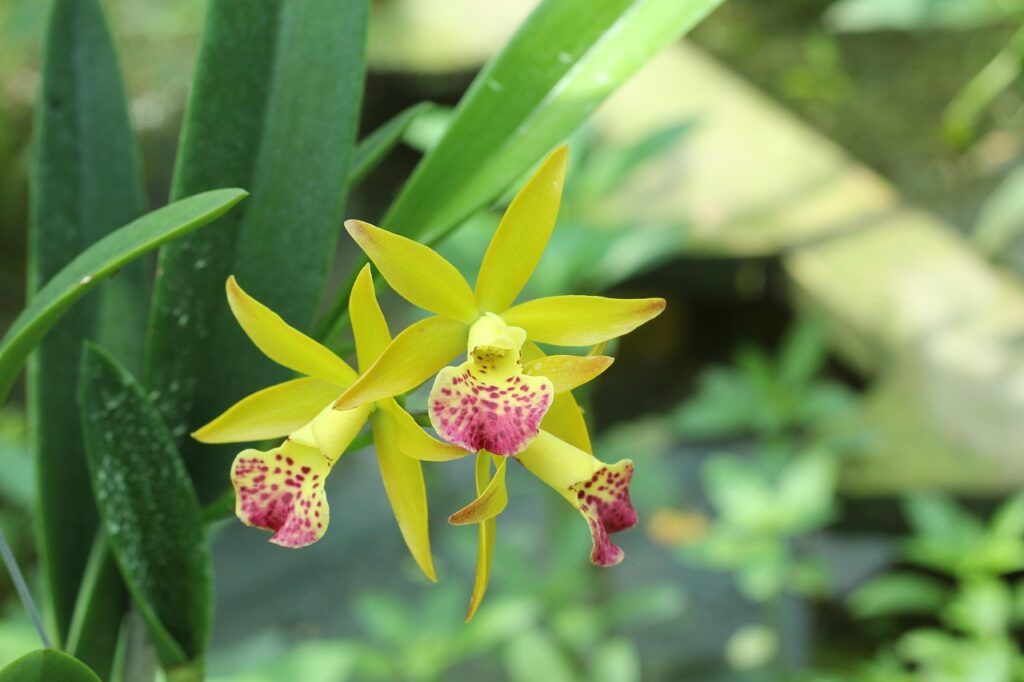
Although cultivation requirements vary by species, dendrobiums generally thrive under the following care:
Light
Bright, filtered light or partial shade. Avoid direct sunlight, which can scorch the leaves.
Watering
From spring to autumn, water generously once the surface of the potting medium has dried. During winter dormancy, reduce watering.
Humidity
Dendrobiums prefer humid air. Use a mist spray or humidifier in dry environments.
Soil
Use specialized orchid potting mix (such as bark chips) with excellent aeration and drainage. Place stones at the bottom of the pot for best results.
Fertilizer
During the growing season, apply diluted liquid fertilizer every two weeks. Do not fertilize during dormancy.
Temperature
Ideal daytime temperatures are 20–25°C, with cooler nights to encourage flowering. In winter, maintain above 10°C.
Repotting
Repot every 2–3 years when roots become crowded or the medium deteriorates, ideally in spring.
Conclusion
Dendrobium is a captivating orchid native to Southeast Asia and Oceania, admired worldwide for its beauty and abundant varieties.
From fueling the 19th-century orchid boom in Europe to becoming a mainstay of modern floral art and exhibitions, it continues to enchant enthusiasts across cultures.
With attentive care tailored to its needs, I believe anyone can fully appreciate the noble beauty of dendrobium in their own home or garden.
